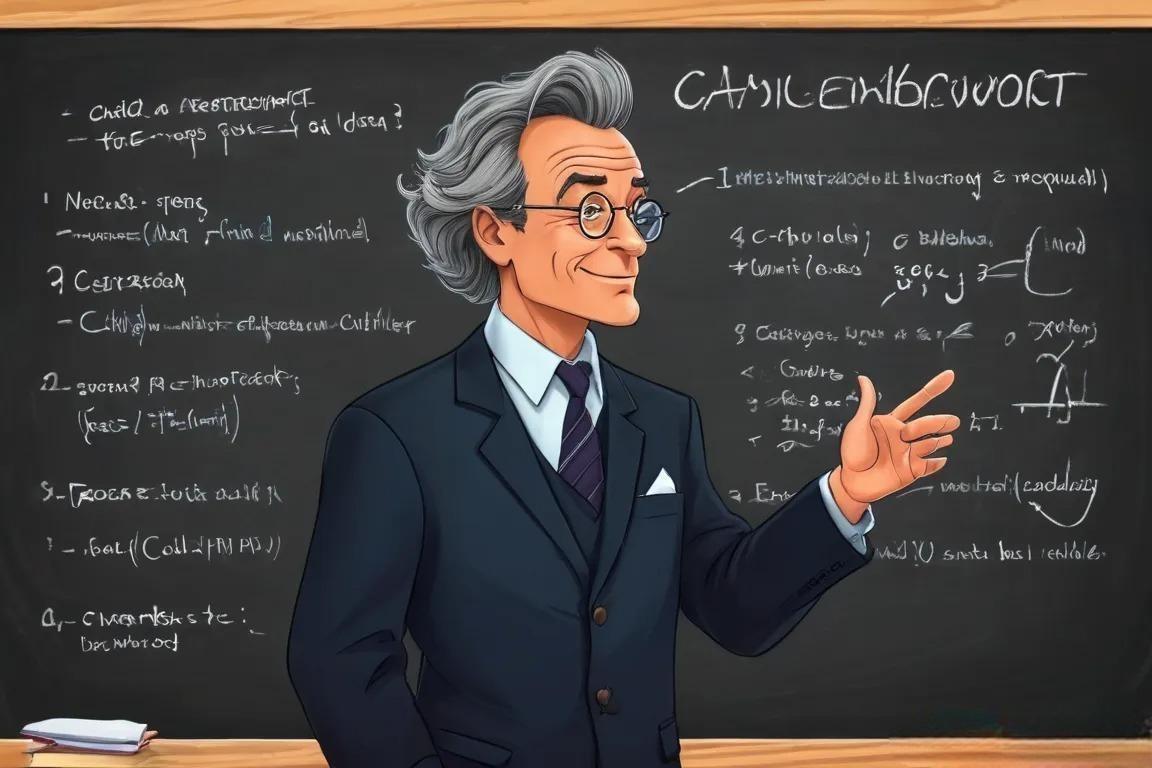In our age of information overload, effectively learning and retaining knowledge has become a crucial skill. The Feynman Technique, a learning strategy named after the renowned physicist Richard Feynman, offers a powerful pathway toward deep learning. It emphasizes active learning, knowledge retrieval, and simplified explanation, enabling us to think like physicists and explain like we are teaching children, ultimately leading to true understanding and mastery.
I. The Essence of the Feynman Technique: Learning by Teaching
The core idea of the Feynman Technique can be summarized in a simple yet profound statement: “If you can’t explain it simply, you don’t understand it well enough.” This quote, often attributed to Feynman himself, reflects his remarkable ability to explain complex physics concepts in clear and concise language. The Feynman Technique builds upon this principle, encouraging learners to take on the role of “teachers” and explain the material to an imaginary “student,” thereby deepening their understanding and uncovering knowledge gaps.
II. The Four Steps of the Feynman Technique: From Passive Absorption to Active Construction
The Feynman Technique is not an abstract concept; it involves four concrete steps that guide learners through active learning and deep thinking:
1. Choose a Concept: Define Your Learning Target
- Before you begin, clearly identify the specific concept you want to learn or master. Don’t try to tackle too much at once; focus on one concept at a time.
- Write this concept clearly at the top of a blank sheet of paper, serving as the central target for your learning.
2. Explain it Like You’re Teaching: Use Simple Language
- Imagine you are explaining this concept to someone with no prior knowledge, such as a child, a grandparent, or someone from a completely different field of study.
- Avoid using jargon, complex sentences, or vague language. Strive to explain the concept using the simplest, most straightforward language possible.
- Incorporate analogies, metaphors, diagrams, or illustrations to aid your explanation, connecting abstract concepts to familiar, concrete examples.
- For example, if you were explaining “photosynthesis,” you might say: “Plants are like amazing factories; they take in sunlight, water, and air, and then they turn them into food and oxygen. This process is called photosynthesis.”
3. Identify Knowledge Gaps: Uncover Areas of Misunderstanding
- As you explain, pay close attention to the points where you stumble, where you struggle to articulate the concept clearly and simply.
- These stumbling blocks represent your knowledge gaps, indicating areas where your understanding is incomplete and requires further exploration.
- Return to your learning materials and carefully review the relevant sections, attempting to re-explain the concept in your own words.
- If you are still struggling, consult additional resources or seek clarification from your teacher or peers.
4. Simplify and Analogize: Refine Your Explanation
- Based on the knowledge gaps identified in step three, revisit your learning materials and strive to explain those challenging points in an even simpler and clearer manner.
- Employ analogies and metaphors to relate abstract concepts to everyday experiences, making your explanation more engaging and accessible.
- Repeat this process iteratively until you can explain the entire concept fluently, concisely, and understandably, without any stumbling or ambiguity.
III. The Benefits of the Feynman Technique: Bridging the Gap to Deep Learning
The Feynman Technique’s effectiveness stems from its utilization of key learning science principles, including active learning, knowledge retrieval, and simplified explanation.
- Active Learning: Passively reading and memorizing information can be tedious and inefficient. The Feynman Technique encourages learners to actively engage with the material, promoting deeper understanding and retention through the act of “teaching.”
- Knowledge Retrieval: Retrieving information from memory is crucial for solidifying learning. By requiring learners to explain concepts in their own words, the Feynman Technique inherently facilitates effective knowledge retrieval.
- Simplified Explanation: The ability to explain a complex concept simply and clearly demonstrates a true grasp of its underlying principles. The Feynman Technique’s emphasis on simplification helps learners distill concepts to their core, avoiding getting bogged down in unnecessary details.
IV. Applying the Feynman Technique: A Versatile Learning Tool for All Occasions
The Feynman Technique is not limited to learning physics or scientific concepts; it can be applied to any subject and at any stage of learning:
- Learning New Concepts: When encountering a brand new concept, the Feynman Technique can help you quickly grasp its core principles and establish a foundational understanding.
- Reviewing for Exams: During exam preparation, utilize the Feynman Technique to review and synthesize key concepts, solidifying your understanding and improving your recall ability for more accurate and in-depth responses.
- Problem-Solving: When faced with a challenging problem, apply the Feynman Technique to analyze and break down the problem into smaller, more manageable parts, explaining each step in simple terms to facilitate a clearer path toward a solution.
V. Conclusion: Embark on a Journey of Effective Learning
The Feynman Technique is a simple yet remarkably effective learning strategy that can empower us to deepen our understanding, identify knowledge gaps, enhance memory retention, and cultivate a genuine love for learning.
Start incorporating the Feynman Technique into your learning today and experience the transformative power of this approach. Remember, true learning is not about how much you memorize but about how deeply you understand and how effectively you can apply that knowledge to real-world situations. The Feynman Technique is a powerful tool to help you achieve just that.
